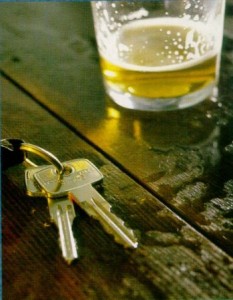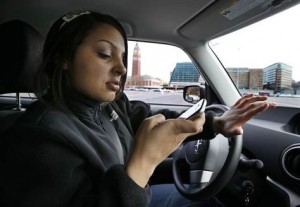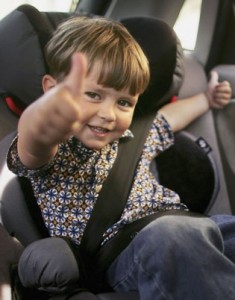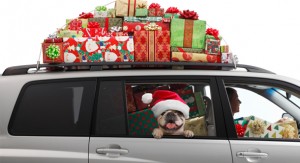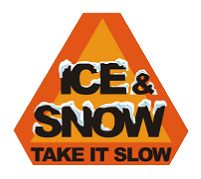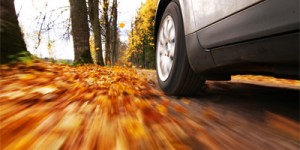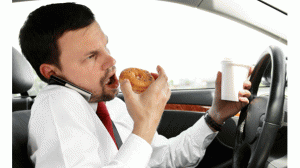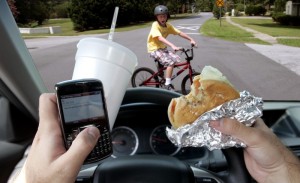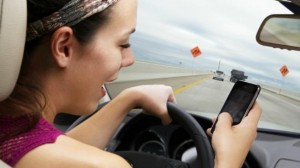 Texting while driving is a growing trend, and a national epidemic, quickly becoming one of the country’s top killers. Drivers assume they can handle texting while driving and remain safe, but the numbers don’t lie.
Texting while driving is a growing trend, and a national epidemic, quickly becoming one of the country’s top killers. Drivers assume they can handle texting while driving and remain safe, but the numbers don’t lie.
Texting While Driving Causes:
- 1,600,000 accidents per year – National Safety Council
- 330,000 injuries per year – Harvard Center for Risk Analysis Study
- 11 teen deaths EVERY DAY – Ins. Institute for Hwy Safety Fatality Facts
- Nearly 25% of ALL car accidents
Texting While Driving Is:
- About 6 times more likely to cause an accident than driving intoxicated
- The same as driving after 4 beers – National Hwy Transportation Safety Admin.
- The number one driving distraction reported by teen drivers
Texting While Driving:
- Makes you 23X more likely to crash – National Hwy Transportation Safety Admin.
- Is the same as driving blind for 5 seconds at a time – VA. Tech Transportation Institute
- Takes place by 800,000 drivers at any given time across the country
- Slows your brake reaction speed by 18% – HumanFactors & Ergonomics Society
- Leads to a 400% increase with eyes off the road

